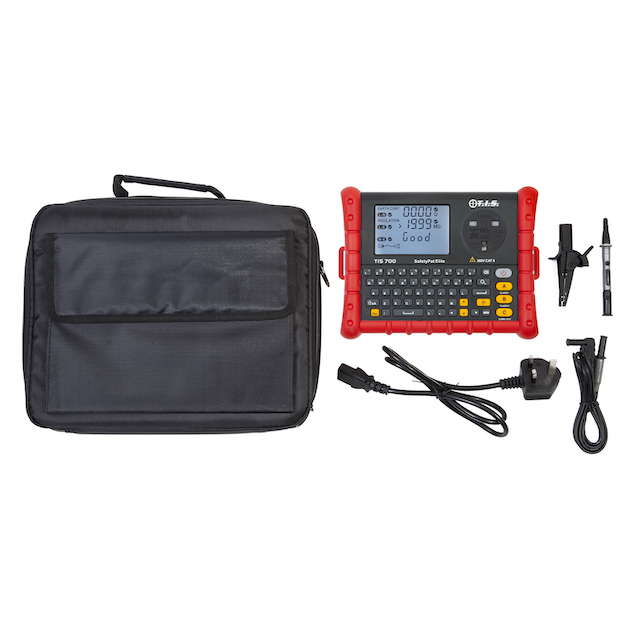
While a full PAT testing programme can involve a range of standard electrical tests, such as insulation testing, earth bonding and polarity testing, the visual inspection is the first test that should be carried out and is actually the most effective. It is generally claimed that the visual inspection identifies around 90% of potential hazards in appliances, which is why it should be the first test carried out.
Typical problems identified in a visual inspection include frayed cords, exposed wires, loose connections, damaged plugs and signs of overheating. These could result in an immediate fail and all point to a problem that requires remedial action.
Why is the visual inspection important in PAT testing?
- Early detection – Visually inspecting an appliance can identify potential problems before they become serious. The cause of mild signs of overheating or burning, for example, might not be picked up by subsequent testing.
- Efficiency – The visual inspection can identify a greater number of problems than one electrical test alone, and it potentially removes the need to carry out further testing if a visual inspection has already identified an obvious problem.
- External testing – Standard PAT testing is confirming the safe functionality of the internal elements of an appliance, while the visual inspection is checking the external elements, such as the casing, the cord/cable/lead and the plug. It therefore complements the internal tests as an essential part of the PAT testing programme.
What are the essential parts of a visual inspection in PAT testing?
- Checklist – Firstly, a visual inspection should be carried out against a formal checklist. This ensures a systematic approach and prevents important checks being missed.
- Power – It should be ensured that power is off and an appliance is disconnected from its power source before a visual inspection takes place.
- Lighting – You should ensure that lighting levels are good when carrying out the visual inspection as signs of damage and overheating can be hard to detect, while the internal connections in a plug are detailed and can be difficult to inspect in poor light.
- Plug – Any faults found with a plug should result in an immediate fail and the appliance being removed from use. Plugs can be subjected to damage when being transported and when not in use, as they can be banged against walls, dragged along the floor or can have items dropped on them. The casing can be damaged, there can be signs of burning or overheating and the pins can be bent or not suitably insulated. Inside the plug, the fuse could be the wrong size, a Class l appliance may not have an earth connection wire fitted, or the plug could be incorrectly wired.
- Cables/leads – Although this is a visual check, you should run your hand along the length of a cable/lead as that can immediately identify issues that the naked eye can miss. Cables/leads can be frayed, cut or damaged, and any signs of internal wiring being exposed are a big problem. If a cable/lead is taped at any point, this should be treated with suspicion as it is likely to be hiding a bigger issue.
- Appliance – The appliance itself should be visually checked in terms of cracks in the casing or the casing being loose (the casing is a form of insulation for Class ll appliances), corrosion or chemical damage to the casing, signs of overheating or burning, the mains cable not being fitted correctly or the on/off switch being damaged.
- The environment – A visual inspection should also include a check of where an appliance is used and stored, as well as the appliance itself. So are there trailing cables that could be damaged or cause a hazard? Is the appliance in an enclosed space so fans could be obstructed and cause overheating? Is there a water source or corrosive chemicals nearby? Are there too many extension leads being used? Or are there too many appliances feeding into an extension lead?
The visual inspection is an essential element of the PAT testing programme because it can identify problems early, it can remove the need for further testing being carried out unnecessarily and it can detect problems that some internal tests may not. At Test Instrument Solutions we can supply all the PAT test equipment and accessories necessary for a full PAT testing programme and can also advise on suitable visual inspections, so contact our team today.
Please note that this section is for information purposes only. Anyone using equipment referred to in this section must be suitably qualified and/or experienced within the respective field. If in doubt before use, please consult a qualified electrician or engineer & thoroughly read all instruction booklets.